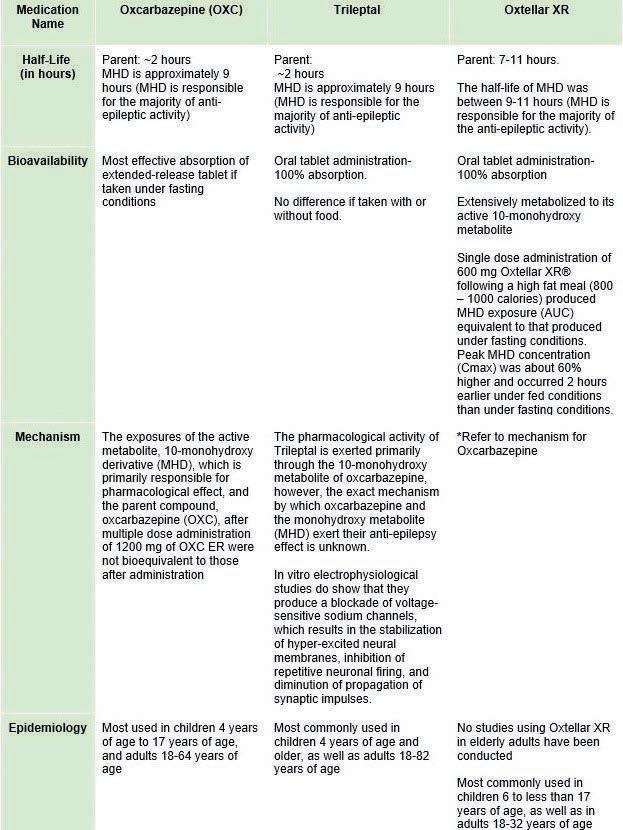Scholarly Research In Progress • Vol. 5, November 2021
The Natural History of Genu Valgum in the Pediatric Obese Patient Mark Mandel1†, Brandi Woo1†, Benjamin Wheatley2, Amanda Young2, Peter Fabricant3, and Mark Seeley2 ¹Geisinger Commonwealth School of Medicine, Scranton, PA 18509 ²Geisinger Medical Center, Danville, PA 17822 ³Hospital for Special Surgery, New York, NY 10065 † Doctor of Medicine Program Correspondence: mmandel@som.geisinger.edu
Abstract Background: Pediatric obesity is a growing epidemic in the United States. There is little information on the impact this increasing incidence of obesity in the younger population has on the developing musculoskeletal system. Genu valgum is a common lower extremity malalignment that is thought to remodel as a child grows. Our hypothesis is that obesity may hinder the natural remodeling potential of these patients, which will lead to a greater clinical impact and cost of care. Methods: A retrospective chart review of patients with genu valgum diagnoses over a span of 19 years was performed in a pediatric population. Inclusion criteria was diagnosis before age 18. Exclusion criteria was misdiagnosis, deceased before 18, or not evaluated by our institution’s physicians. Demographic information was collected, and the clinical impact of the disease was estimated by using surrogate markers. Comparisons were analyzed using Fisher’s exact or chi-square tests for categorical data and the Wilcoxon test for non-parametric continuous data. Results: Out of 604 charts reviewed, 554 children met inclusion criteria for the study. Thirty-nine patients required surgical intervention. A majority of the patients who had surgery were obese (63.6%). A comparison of body mass index (BMI) categories showed a higher number of visits in the overweight/ obese categories as compared to the normal weight group (11.6% vs. 2.4% of patients with greater than five visits, p = 0.0068). The number of surgeries was higher in the overweight/ obese group compared to the healthy weight group (p = 0.0268), and a higher number of patients had surgery in the overweight/obese categories than the healthy weight category (6.9% vs. 1.9%, p = 0.0188). Conclusion: Historically, pediatric genu valgum runs an indolent course without requiring surgical intervention. Our findings suggest that the clinical impact of this disease changes with increased bodyweight. The relationship between obesity and the severity of genu valgum in the pediatric population appears to be a prognostic indicator of a more challenging disease course complicated by an increased likelihood for surgical intervention. Level of Evidence: Level II – Prognostic Studies – Investigating the Effect of a Patient Characteristic on the Outcome of Disease, Retrospective Study
Introduction The increased incidence of obesity in the pediatric population is accompanied by an increase in incidence of lower extremity pathology and decreased physical activity levels, all of which
predispose to musculoskeletal pain and bone/joint dysfunction later in life (1–3). Recent studies have examined the relationship between increased body weight and musculoskeletal pathology in children; however, there is currently a dearth of research that investigates the relationship between obesity and the trajectory of genu valgum in children. Genu valgum, also called “knockknee” deformity, is a common lower extremity abnormality seen in children that makes the knees appear like they are touching while the ankles are apart (4). For children ages 2 to 7 years old, genu valgum is a physiologic process and most cases spontaneously resolve. If the genu valgum persists beyond age 8 or is extreme, surgical intervention may be required to allow for normal growth and alignment of the legs (4, 5). While most idiopathic cases of genu valgum follow a mild course, our clinical observations suggest that genu valgum in an overweight or obese child may present a more challenging trajectory for the patient. A study by Jankowicz-Szymanska and Mikaloajcyzk reported a higher prevalence of genu valgum in obese children compared to non-obese children (6). Another study by Walker et al. found direct correlations between obesity and genu valgum by examining radiographs and calculating intermalleolar distances (7). This study aimed to gain a deeper understanding of the relationship between obesity and genu valgum in the pediatric population. We hypothesized that children with increased bodyweight, as reflected in their body mass index (BMI), and genu valgum are more likely to experience long-term sequalae and the need for surgical intervention.
Methods Upon Institutional Review Board (IRB) approval, we performed a retrospective chart review of genu valgum diagnoses over a span of 19 years. Patients with a genu valgum diagnosis were determined by using the Epic WebI database searching for the ICD-9 code 736.41 (Genu valgum, acquired) and the ICD-10 codes M21.069 (Valgus deformity, not elsewhere classified) and Q74.1 (Congenital malformation of the knee). Patients were eligible for inclusion if the diagnosis of genu valgum was made before age 18. Exclusion criteria included patients who were either misdiagnosed, not seen within the hospital system, or deceased before age 18. Charts were reviewed for relevant demographic and clinical information. The initial date and age of when a patient was seen for knee concerns/complaints were determined from the patients’ charts. The date of initial diagnosis was documented, what the diagnosis/cause of the knee complaint was (e.g., congenital or acquired genu valgum, any preceding
123












































